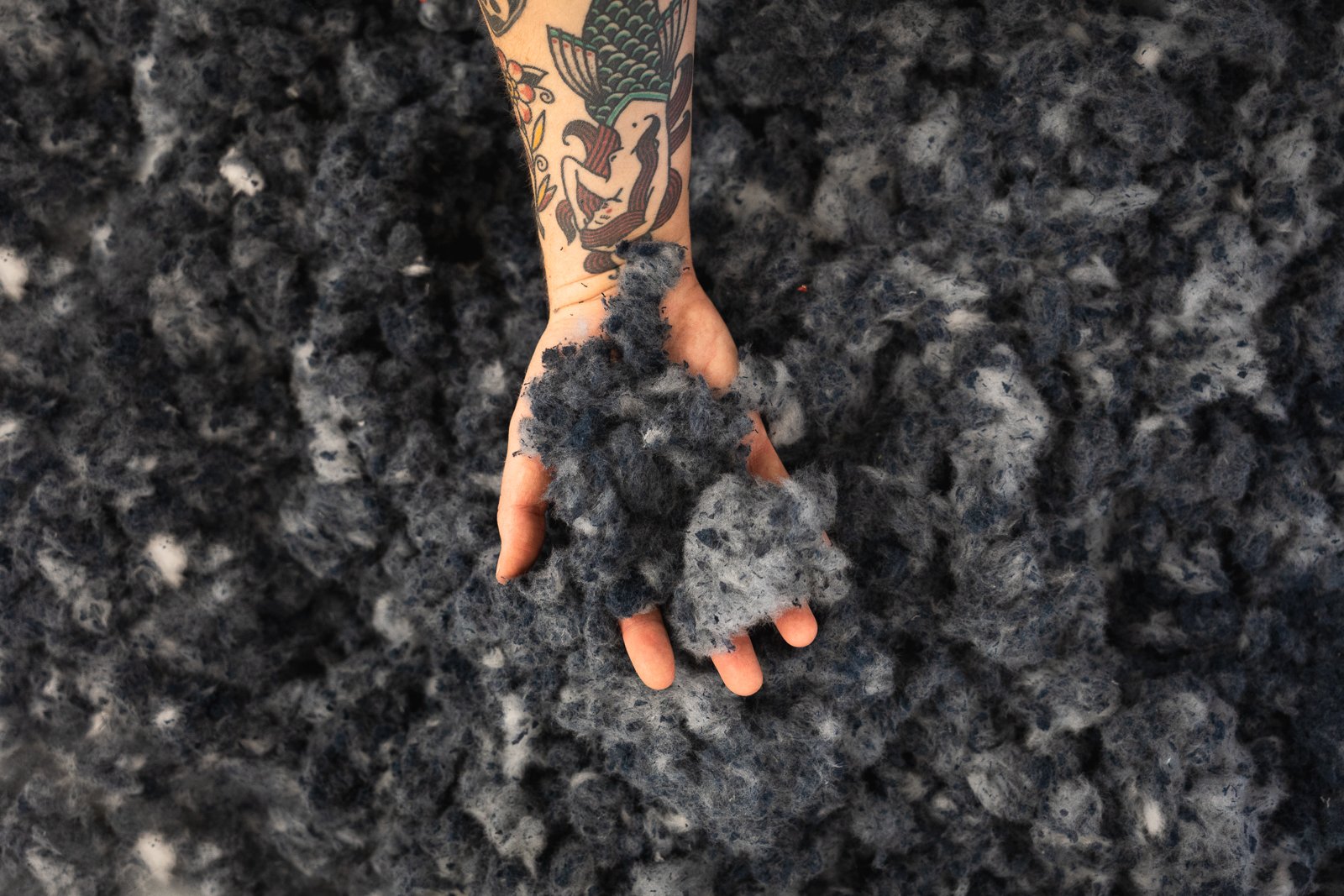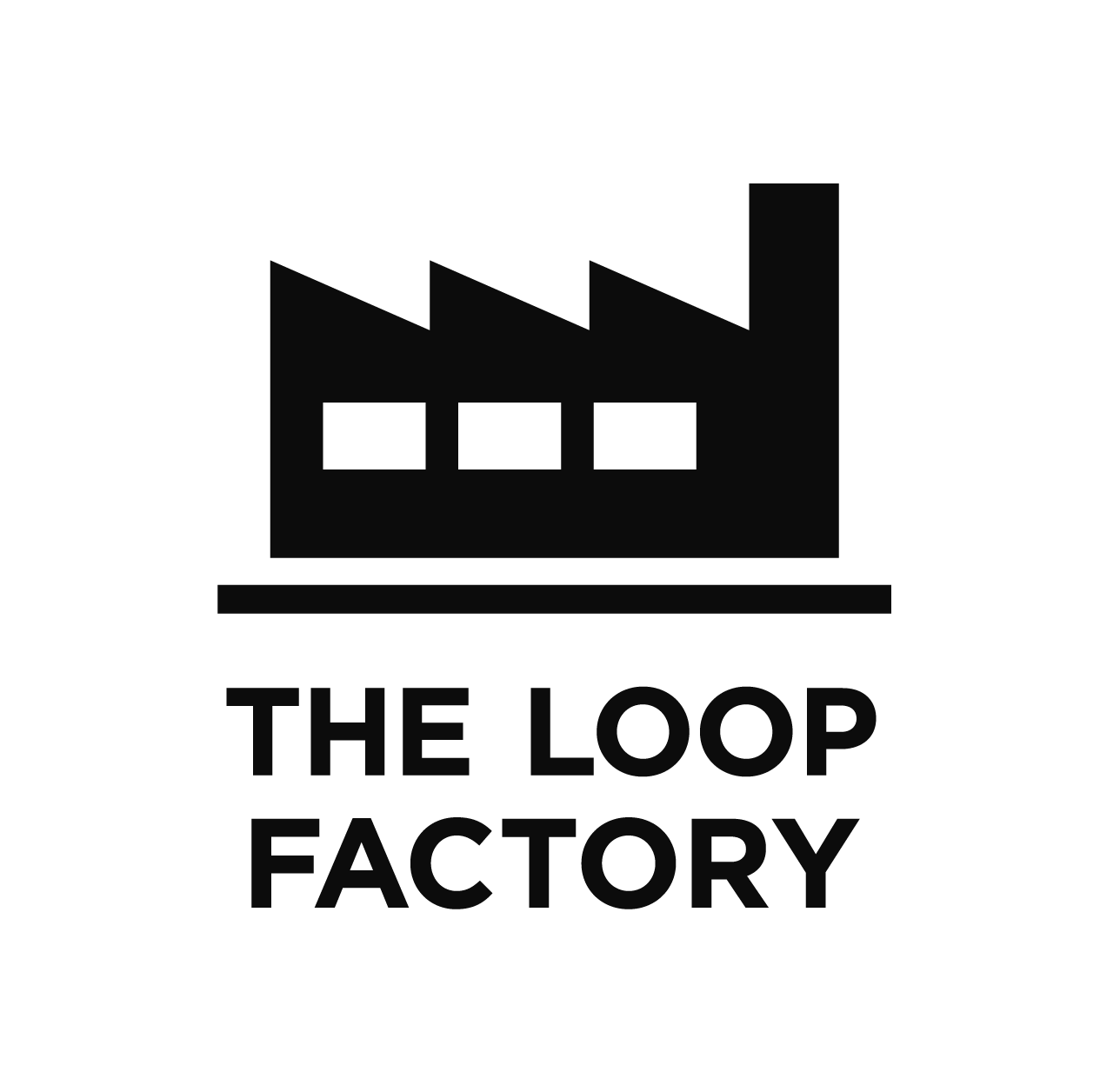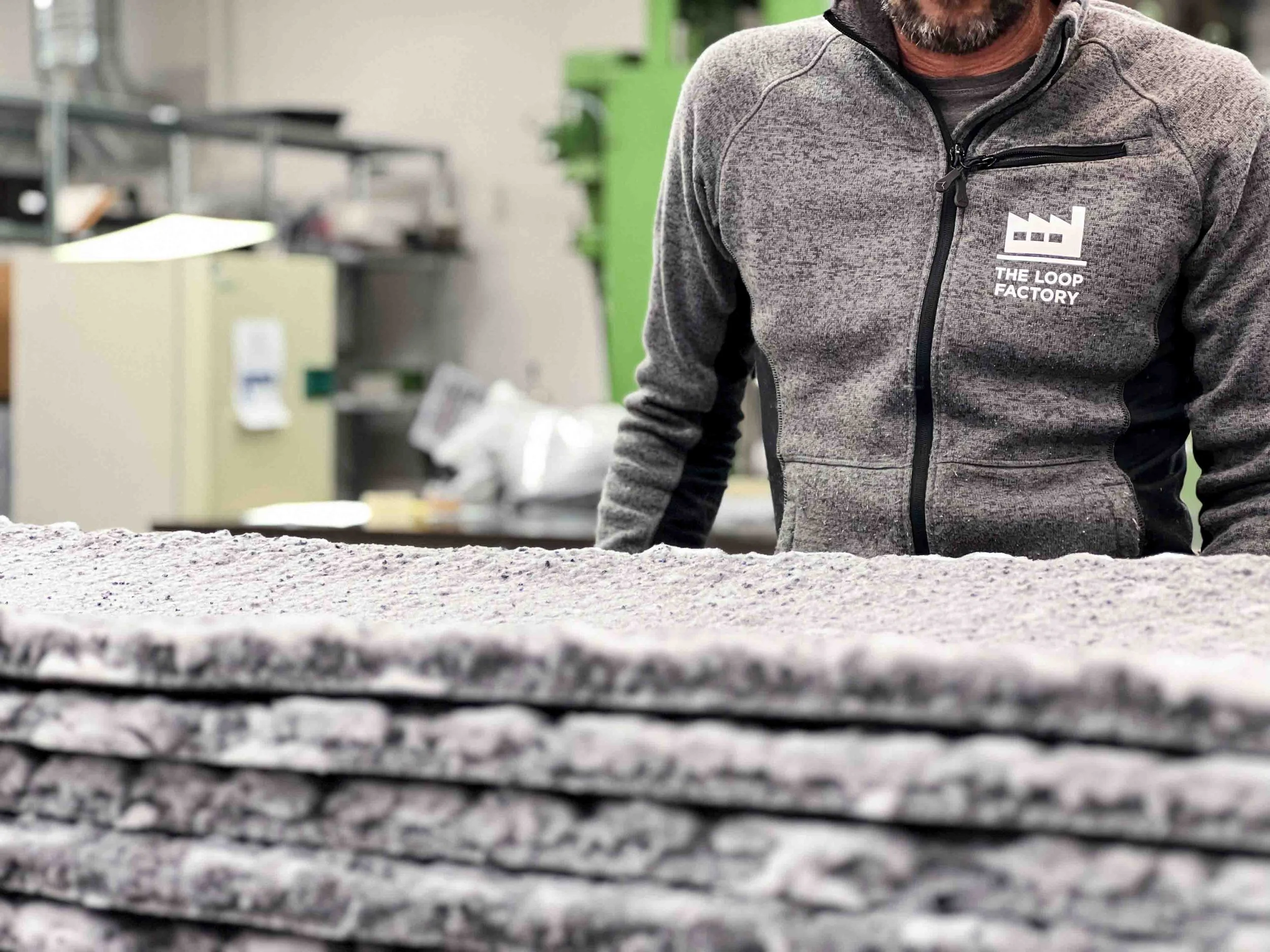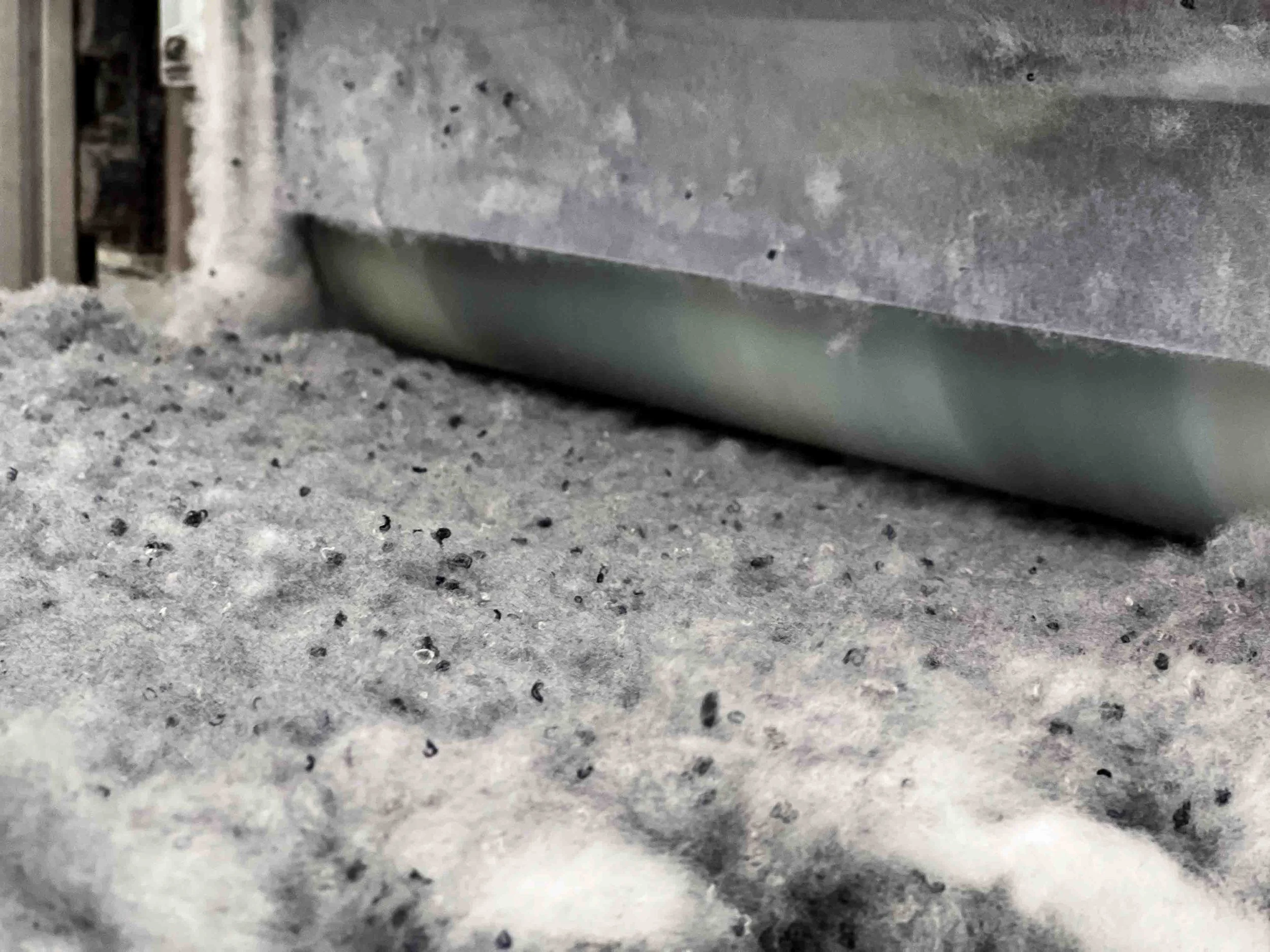
Giving Fibres a Second Life: Circular Solutions for Textiles and Glass fibre
Every year, vast amounts of textiles and glass fibres are discarded, even though producing them carries a heavy climate cost. By advancing nonwoven technology, this project shows how reused fibres can cut emissions by up to 50%, reduce reliance on primary resources, and unlock scalable, regulation-ready solutions for apparel, interiors, and construction.
BACKGROUND
Industrial fibre waste is often incinerated or landfilled, despite its high climate cost. Around 80% of textile emissions come from production, while in glass wool, up to 75% of the footprint comes from fibreising. Reusing these fibres can significantly cut emissions and reduce demand for primary resources. This project, part of Sweden’s Net Zero Industry mission, builds on a first phase with The Loop Factory, Ecophon, and Indorama Ventures, now expanding toward industrial-scale implementation.
CHALLENGE
The textile and construction industries generate some of the largest volumes of industrial waste and emissions. Mixed fibres, composites, and inefficient value chains make recycling complex, leaving most waste incinerated or landfilled. With ESPR, EPR and circular economy regulations approaching, industries face mounting pressure to act. Achieving truly circular flows will demand new recycling technologies and cross-sector collaboration to transform fibre waste into high-value resources.
SOLUTION
This project develops circular nonwoven materials by combining recycled textiles and glass fibres with advanced binder fibre technology. Using airlay thermal bonding, we design durable, low-impact alternatives for workwear, apparel, interiors, and construction. Prototyping, lifecycle assessments, and business case studies ensure performance and compliance, while a roadmap for circular industrialisation supports scalable, regulation-ready solutions.
RESULT
The project will deliver at least three new nonwoven material concepts using recycled textiles and glass fibres, each targeting up to 50% reductions in emissions and energy use. Supported by lifecycle assessments and business case studies, the results will guide industry adoption and compliance with sustainability regulations. A roadmap for circular industrialisation will outline policy, logistics, and market pathways, turning waste into high-value, scalable resources.
WHY NONWOVEN?
Nonwoven is a sustainable solution for textile waste management.
Nonwoven technology offers an energy-efficient and versatile alternative for managing textile waste. It is less sensitive to fibre quality and can process even the most complex textile waste streams. By integrating various techniques, this approach enables the creation of new materials from secondary textile raw materials suitable for various applications.
the facts
The project is funded by Vinnova via Net Zero Industry’s call within Increased resource-efficiency and resilience, step 2. Net Zero Industry is a joint initiative of Vinnova, Formas and the Swedish Energy Agency.
Solution owners: The Loop Factory, Indorama Ventures, RISE, Greenway Logistics.
Need owners: Tranemo Textil, Lindex, Decibel, Saint-Gobain Ecophon and Vilax.
Period: 06/2025 - 06/2027




